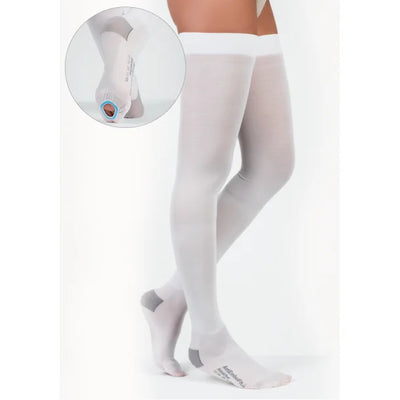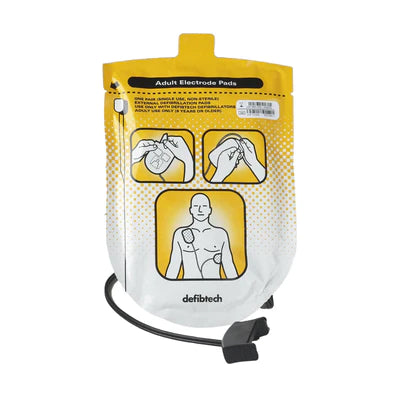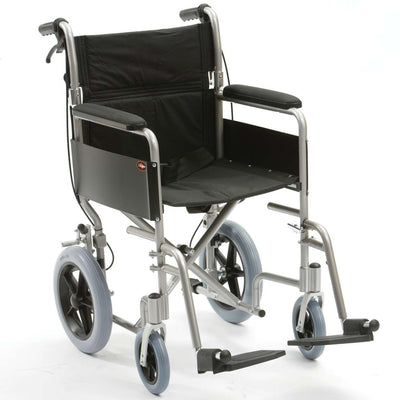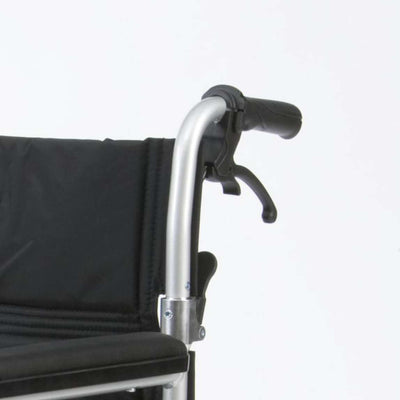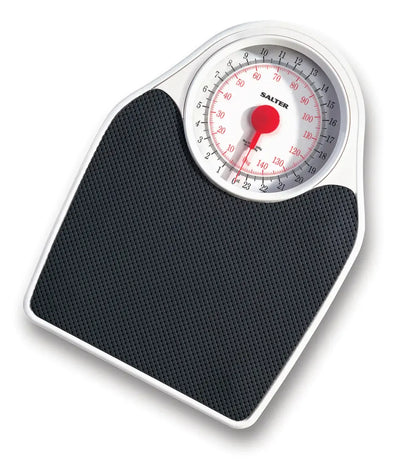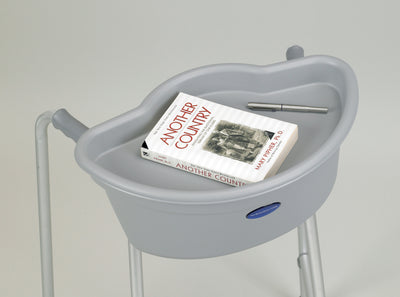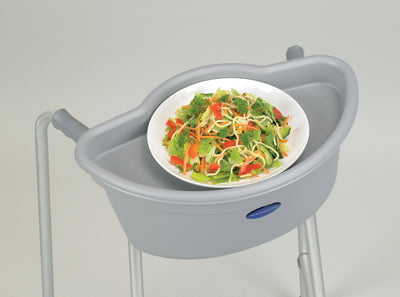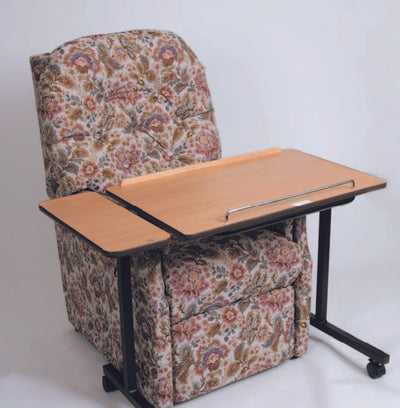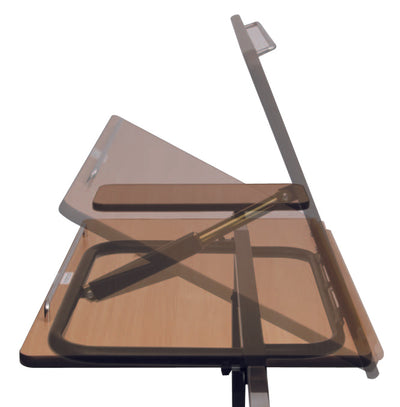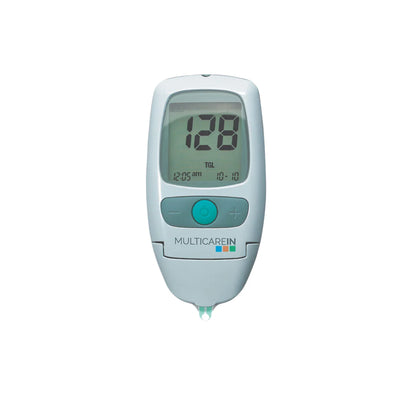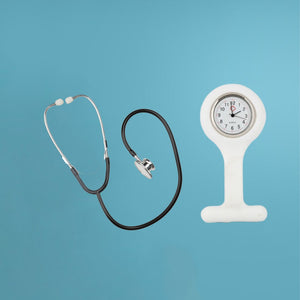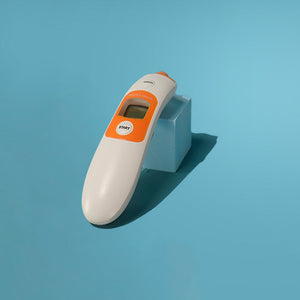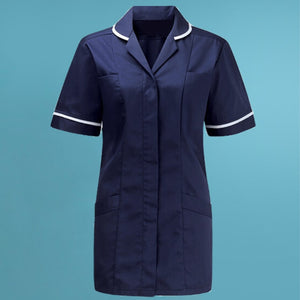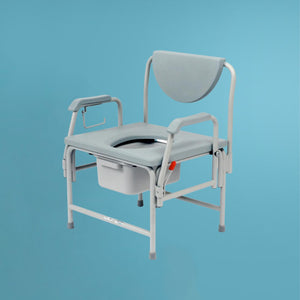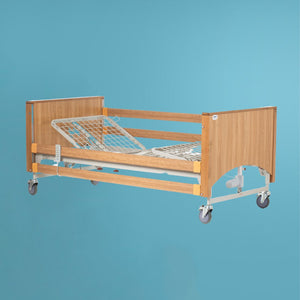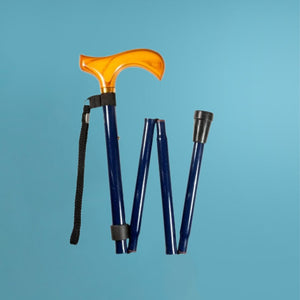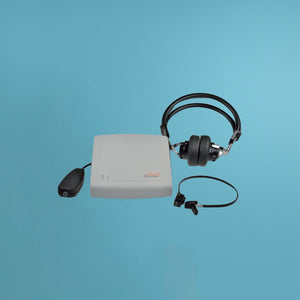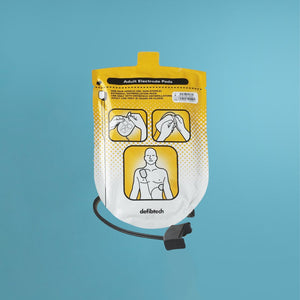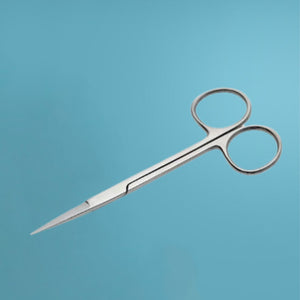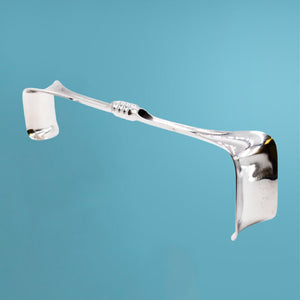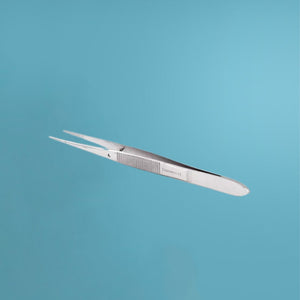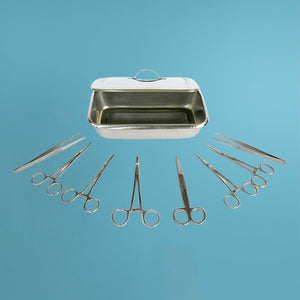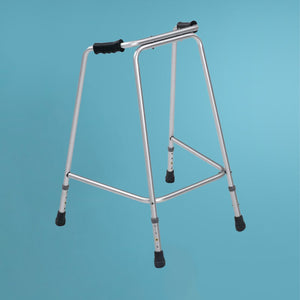If you or someone you know has mobility issues that make it difficult to walk or move around, a walking aid might help.
There is a huge variety of walking aids available from walking sticks and walking frames to wheelchairs, but if you’re still able to support your own weight but find a standard stick or frame too difficult to manoeuvre, it’s possible that a rollator or walking frame with wheels will make it easier for you to get around.
Benefits of Wheeled Walkers
Wheeled walkers can keep a person with mobility issues independent and able to get about and continue their daily schedules much easier.
Wheeled walkers or rollators reduce the effort of getting around as the user expends less energy walking while using a walker.
A two-wheeled walker has wheels fitting to the bottom of the frame on the front two legs, whilst the back two legs have rubber ferrules or stoppers fitted. Users of a two-wheeled walker will perhaps need stability support for moving around and might need to lean their weight onto the walker.
Three and four-wheeled walkers have wheels on each of the legs, sometimes with off-road tyres, and are ideal for someone who needs mobility support but doesn’t need to lean on the walker for balance.
Wheeled walkers can come in a variety of colours, some have handy trays for transporting food and meals around the house, and many can be folded for easy storage and transportation.
Make sure your Walker Fits Well
Most wheeled walking frames will be adjustable in height to suit different users. Before you use your wheeled walker you’ll need to make sure that it fits your arms comfortably. Using your walker at the wrong height will put stress on your shoulders/back and could lead to discomfort and injury.
To tell if your walker is the correct height, step inside your walker and:
- Check your elbow bend. Keeping your shoulders relaxed, place your hands on the grips. Your elbows should bend at a comfortable angle of about 15 degrees.
- Check your wrist height. Stand inside the walker and relax your arms at your sides. The top of the walker grip should line up with the crease on the inside of your wrist
How to Walk with your New Wheeled Walker
Once you’ve adjusted the height correctly, take some time to get used to your wheels and get confident with using it while walking.
- Start by taking a small step into the walking frame and keep it close to your body.
- If it is a 3 or 4 wheeled walker ensure that the brake is on before use.
- Keep it close to your body and don’t outstretch your arms or you’ll lose control.
- Take small, considered steps and gently push the frame as you move forward.
- Don’t try to lift the walker. If it has two wheels at the front you will need to tip it slightly forward to move.
- If you need to place weight on the walker as you move, start by pushing the walker about one step ahead of you. Keep your back upright. Don't hunch over the walker.
Be careful when using your walker on surfaces that are slippery, carpeted or uneven. Always wear low-heeled shoes with good grips on the soles.
Maintaining your Wheeled Walker
Whatever walker you choose you should be sure to maintain it. Check that the brakes are in good order, replace broken or worn out rubber caps, grips or wheels before they completely break.
To get even more out of your wheeled walker you might want to add some useful accessories to help with getting around, like a handy tray or storage bag for shopping or outdoor clothing.
Need more help? We're always here to help so get in touch today.
For all your Medical and Homecare supplies give us a call at Mediworld.
We have over 40 years experience in medical, surgical, mobility and home health supplies and we're always on hand to chat if you need support or advice and don't forget to read our other great health blogs!
March 2023

